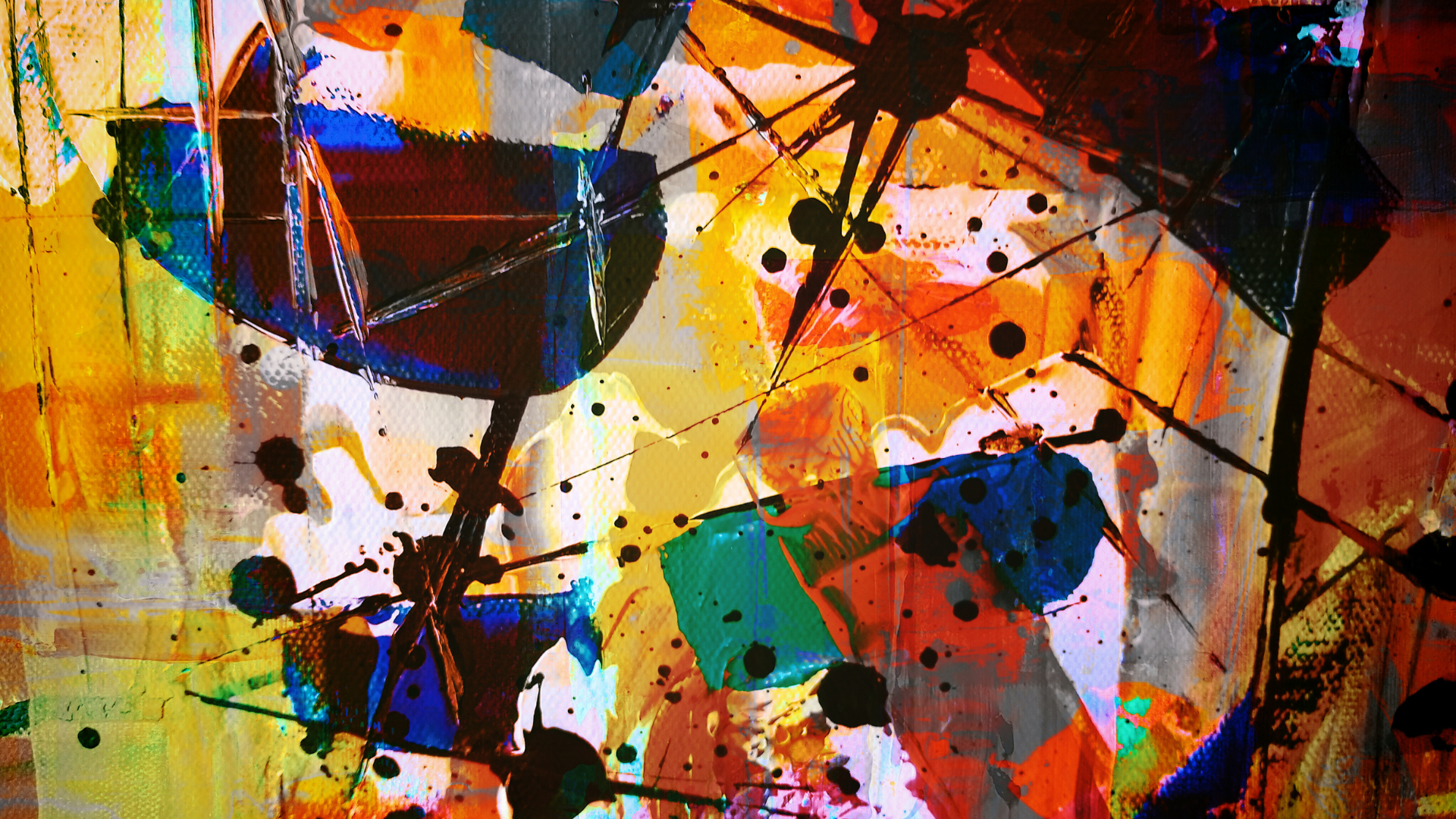It can be intimidating when you’re asked to create a piece of art on the spot. What should they make? What materials do they need? How do they start? Luckily, the article below will help you get started with your creative process.
What Is Art?
Art is often defined as a way of expression, or as the application of creative skill and imagination. It can take many different forms, such as painting, sculpture, drawing, pottery, photography, and architecture. Art is a product of human activity, made to stimulate the senses and emotions.
Some people see art as a form of communication, while others see it as a form of self-expression. For some people, art is a way to connect with their innermost thoughts and feelings, while for others it is simply a way to express their creative side.
There are no right or wrong answers when it comes to art. It is entirely up to the individual to decide what art means to them.
How To Get Started With Art
If you’re thinking about getting started with art, there are a few things you should keep in mind. First, it’s important to find a medium that you’re comfortable with.
There are many different types of art, from painting and drawing to sculpture and photography. Once you’ve found a medium that you’re interested in, it’s time to start exploring the different techniques that you can use within that medium.
Don’t be afraid to experiment – that’s part of the fun of creating art! Try out different techniques and styles until you find something that feels natural for you. And don’t worry if your creations don’t look perfect at first – practice makes perfect.
Once you’ve found your footing, it’s time to start thinking about how you want to share your art with the world. If you’re not interested in selling your work, there are still plenty of ways to display and share it with others.
You could start an online portfolio or blog, enter your work into exhibitions or competitions, or simply hang it up on your walls at home. Whatever route you decide to go down, remember that creating art is all about enjoying the process. So have fun and see where your creativity takes you!
Ideas for Art
There is no shortage of ideas for art, no matter your level of experience or expertise. Whether you’re a complete beginner or a seasoned professional, there are always new ideas to be discovered and explored. Here are just a few ideas to get you started:
1. Take an Art Class
This is a great way to learn the basics. You can try out different mediums and find your style.
2. Experiment With Different Mediums
Don’t be afraid to try something new. You might be surprised at what you like!
3. Look For Inspiration Everywhere
The world is your oyster. Keep your eyes open and you’ll find endless inspiration for your art.
4. Take Reference Photos
When you see something that catches your eye, take a photo. This is so you can reference it later when you’re ready to start painting or drawing.
5. Get feedback from others
Show your work to family and friends, and see what they think. Be open to constructive criticism – it can only help you improve!
6. Practice, Practice, Practice!
The more you create, the better you’ll become at articulating your ideas through art. And don’t give up – even the most successful artists had to start somewhere. The important thing is to keep creating, and never lose sight of your goals.
Techniques for Different Types of Art
There are a variety of different techniques that can be used for different types of art. For example, painting techniques include using a brush, using a roller, or using a spray gun.
Drawing techniques include using a pencil, using charcoal, or using pastels. Sculpting techniques include using clay, wood, or stone.
Each type of technique has its advantages and disadvantages. For example, brush painting is great for detailed work, but can be very time-consuming. Roller painting is much faster but can be harder to control the paint application. Spray painting is the fastest method, but can be difficult to get an even coat of paint.
When it comes to drawing, pencils are great for fine details and precise lines but can be hard to erase if you make a mistake. Charcoal is much easier to erase, but can be smudged more easily. Pastels are somewhere in between – they provide good detail and line work, but can also be erased relatively easily.
Sculpting with clay is very versatile – you can create just about any shape or form that you want. However, clay can be quite fragile and breakable. Wood and stone are much more durable materials, but are also much harder to carve or sculpt into the desired shape.
Ultimately, there is no “right” way to do art – it’s all about experimentation and finding what works best for you. So don’t be afraid to try out different techniques until you find the ones that you like best.

Leave a Reply